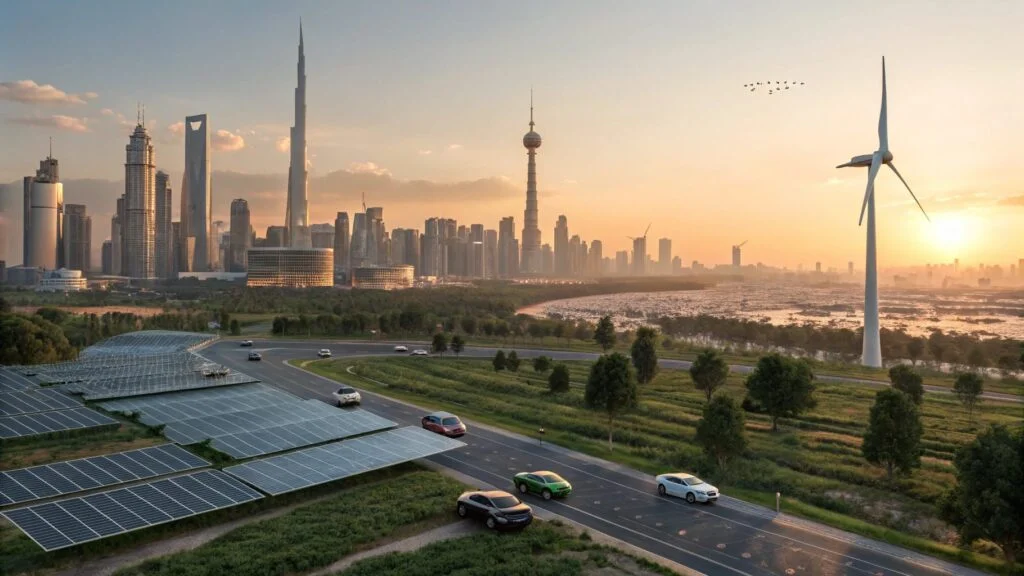Now Reading: The Water Cycle Crisis: What It Means for Our Future Survival 2025!
-
01
The Water Cycle Crisis: What It Means for Our Future Survival 2025!
The Water Cycle Crisis: What It Means for Our Future Survival 2025!

Table of Contents
Water is life. From the gentle rain that waters crops to the rivers that supply drinking water to cities, the Earth’s water cycle makes life possible. But scientists worldwide are now raising alarms that this essential natural system is under serious threat. The disruption of the water cycle could bring disastrous consequences — affecting agriculture, drinking water, and even the global climate.
In this report, we explain what the water cycle is, how it’s getting disturbed, what this means for people, and what can still be done to protect it.
What is the Water Cycle?

The water cycle — also called the hydrological cycle — is nature’s way of moving water across the Earth. Water evaporates from oceans, lakes, and rivers into the air. This water vapor forms clouds, which later release the water back to the Earth as rain or snow. The water then flows back into rivers, lakes, and oceans — and the process repeats endlessly.
It’s a simple yet amazing system that keeps fresh water circulating for plants, animals, and humans alike.
How is the Water Cycle Being Disrupted?
But this beautiful, balanced system is now under pressure from human activities and climate change.
Here are some of the key ways the water cycle is being disturbed:
- Global Warming Increases Evaporation:
As the planet heats up due to greenhouse gases, water evaporates more quickly. This means that lakes, rivers, and soil lose moisture faster than they should, leading to droughts and dry spells in many parts of the world. - Melting Ice and Glaciers:
Glaciers act like nature’s “water banks,” slowly releasing water into rivers. But today, glaciers are melting too fast. Instead of slowly releasing water over centuries, they are flooding rivers now — leading to short-term floods and long-term water shortages. - Changing Rainfall Patterns:
Some regions are getting too much rain, causing floods, while others are receiving too little, leading to drought. This is because rising temperatures are changing where and how clouds release rain. - Urbanization and Deforestation:
Cutting down forests and building cities reduces the natural areas that absorb rainfall. More water runs off into drains instead of soaking into the ground — reducing groundwater levels. Forests also help make rain by releasing water vapor; fewer trees mean fewer clouds and less rain. - Pollution of Water Sources:
Human pollution — from chemicals, plastics, and waste — harms lakes, rivers, and oceans. This affects the natural process of evaporation and cloud formation. Dirty water also means less clean water for human use.
🔍 Why Does Water Cycle Disruption Matter?
When the water cycle is disturbed, the whole planet feels the effects. Here’s why you should care:
- Water Shortages:
Many countries already face water shortages. If rainfall becomes more irregular and glaciers disappear, fresh water will become even scarcer. - Food Crisis:
Farmers depend on predictable rain for crops. Unreliable weather leads to poor harvests and food price hikes. - More Natural Disasters:
Disrupted rainfall causes deadly floods in some places and severe droughts in others. Both can destroy homes, kill people, and ruin the economy. - Worsening Climate Change:
The water cycle helps regulate the Earth’s temperature. When it breaks down, climate change speeds up even more, creating a dangerous cycle.
What Does Science Say?
In recent reports, the United Nations and top climate scientists have warned that the water cycle is becoming more “unstable and unpredictable” because of human-caused climate change.
For example, the Intergovernmental Panel on Climate Change (IPCC) says that wet areas of the world are getting wetter, and dry areas are getting drier — a sign that the normal balance of the water cycle is falling apart.
Is There Hope? Can We Fix the Water Cycle?

The good news is that humans can take steps to slow or even reverse this disruption:
- Cut Greenhouse Gas Emissions:
Using clean energy like wind and solar can reduce the warming of the planet and slow water cycle changes. - Protect Forests and Wetlands:
Trees and wetlands play a key role in storing water and making rain. Reforestation and wetland restoration help maintain the natural cycle. - Improve Water Management:
Building better systems to store rainwater, recycle used water, and stop leaks can make cities and farms more water-secure. - Stop Polluting Water Sources:
Reducing plastic, chemicals, and industrial waste keeps rivers, lakes, and oceans healthier — making the water cycle work better.
What Can You Do?
Even individuals can help:
- Save water at home by fixing leaks and turning off taps.
- Plant trees or support forest protection programs.
- Avoid throwing trash in rivers or drains.
- Support climate-friendly policies and businesses.
Final Thoughts: The Water Cycle is at Risk
The disruption of the water cycle is a silent crisis. We may not see it happening every day — but its effects are becoming clearer with floods, droughts, food shortages, and water problems worldwide.
But there is hope. With action from governments, businesses, and individuals, the natural balance of water can be restored. Protecting the water cycle means protecting life itself.
Read More:- Shobha Realty Launches Its Most Luxurious Project Yet—Full Details Inside 2025





















